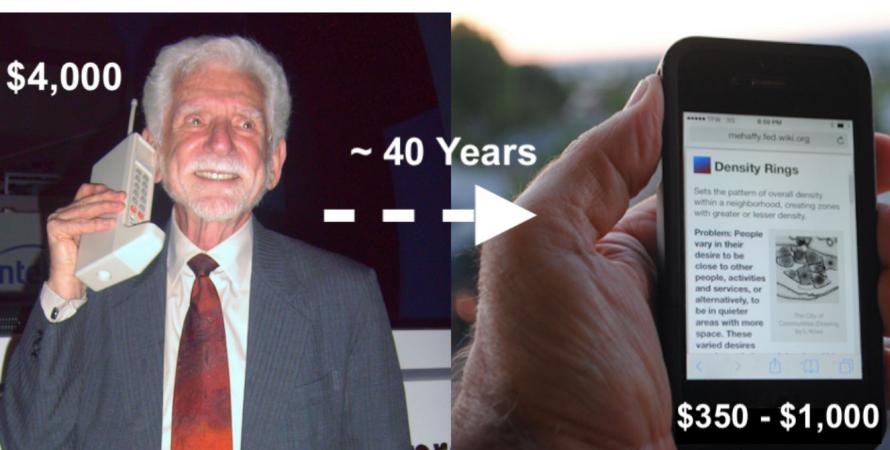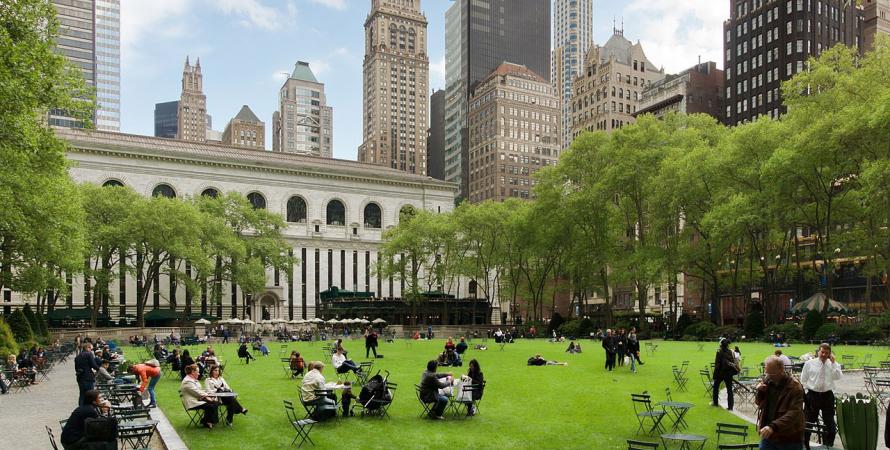-

Eight incremental development policies to help bridge the wealth gap
Using vacant parcels in a in a predominantly African American neighborhood in Northwest Detroit as a testing ground, a University of Michigan team modeled a development process that could support local residents as small-scale, novice developers.One of the more pernicious forms of racial inequality in this country is the wealth gap between white and Black Americans. Income gaps aside, disparities in wealth are even starker, and worsening. Between 1983 and 2013, median Black household wealth decreased by 75 percent to $1,700 while median...Read more -

Equity, race, and placemaking: Reimagining how business improvement districts use their power
BIDs will be essential actors in picking up the pieces of COVID-ravaged urban economies, but the BID model, like all economic development tools, must adapt to fuel inclusive 21st Century places.Three months of Zoom calls have taught us that every city planner in the country has a copy of Robert Caro’s The Power Broker prominently displayed on his or her bookshelf. Let’s remind ourselves that Robert Moses—the mid-20 th Century New York master builder who is the subject of Caro’s epic...Read more -

Why we need ‘plug and play urbanism’
New Urbanism needs an optimum combination of standardization and customization, drawing lessons from other industries—and from natural systems.Imagine that it’s 1983, and you are in the very young business of cellular telephones. The only unit available is the massive Motorola DynaTAC 8000x, a brick-like object that costs $4,000, takes ten hours to charge, and provides just 30 minutes of talk time—IF you happen to be in the very few areas...Read more -

How a Manhattan park pioneered Main Street placemaking
Learning from Bryant Park: Revitalizing Cities, Towns, and Public Spaces, is an entertaining and important book for urbanists across America.It may be hard to believe now, but several decades ago Bryant Park in Midtown Manhattan was a dangerous place. It was dubbed “needle park” for the drug dealers and their customers who occupied it. Surrounding office towers were plagued by vacancy. After a four-year renovation by the Bryant Park...Read more